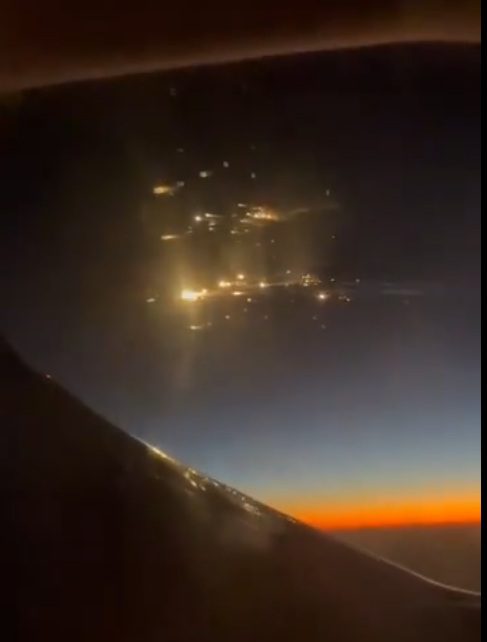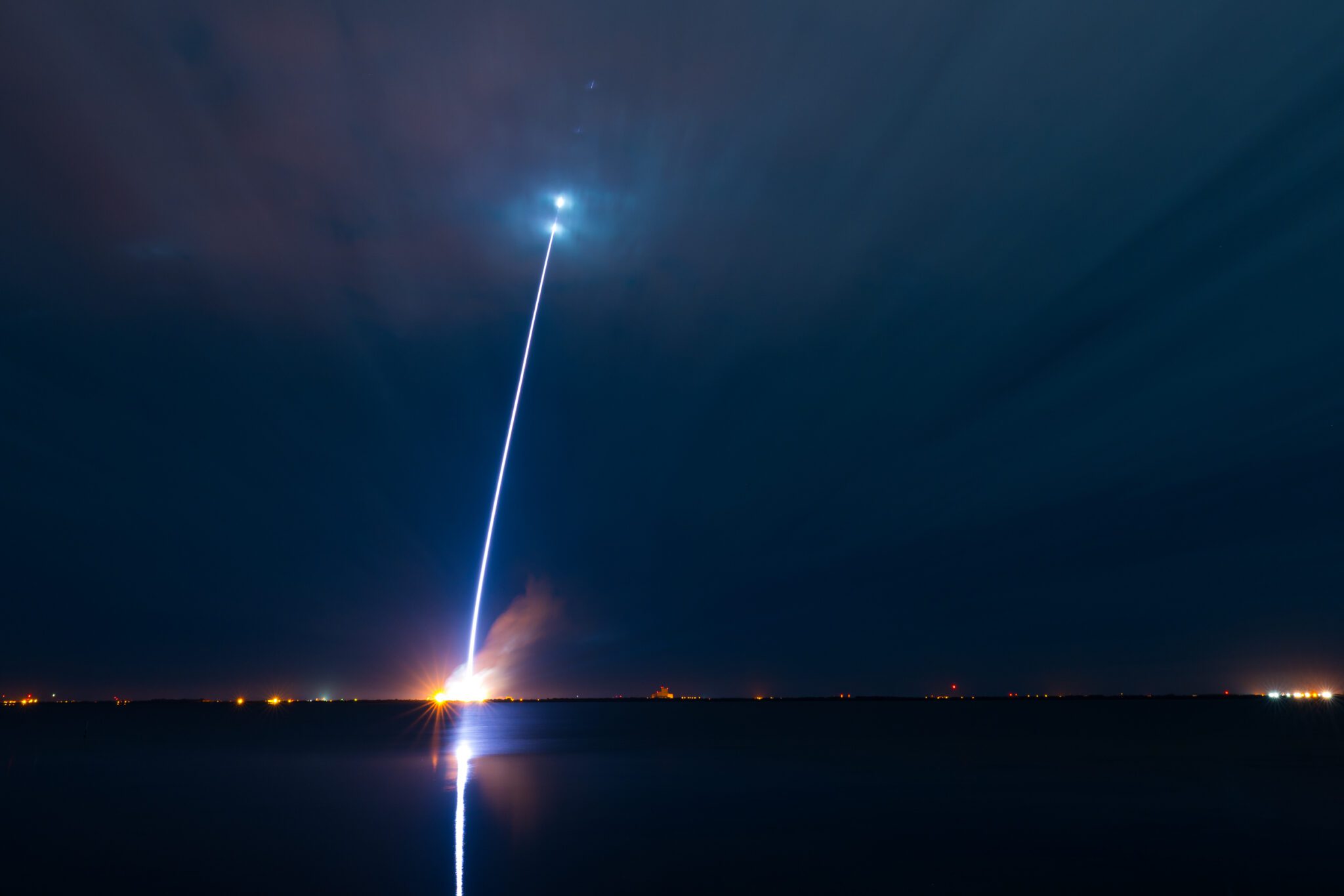On 23 November 2015, the Jeff Bezos-led Blue Origin company made a significant advance in its suborbital test programme when its New Shepard space vehicle successfully breached 100km of space by flying to 100.5km (329,839 feet), and returning to Earth to land back at the company’s launch site in West Texas. The vehicle, on which six astronauts/space tourists will eventually travel, reached a velocity of Mach 3.72. It is fully reusable.
New Shepard was named in honour of Alan Shepard, who was the first Mercury astronaut to travel into space on a suborbital flight and who later walked on the Moon during the Apollo 14 mission.
The vehicle consists of two elements: a crew capsule in which the astronauts ride and a rocket booster powered by a single American-made BE-3 liquid hydrogen, liquid oxygen engine. At lift-off, the BE-3 delivers 110,000 pounds of thrust. Following powered flight, the crew capsule, which Blue Origin points out has the largest windows ever to fly into space, separates from the booster and coasts into space, providing several minutes of weightlessness.
As the crew capsule descended, it re-entered the atmosphere before deploying a drogue parachute at 20,045 feet and then three main parachutes for a landing. Meanwhile, the booster descended under guided flight to the landing pad. Just prior to landing, the booster re-ignited its BE-3 engine at 4,896 feet, decelerating the vehicle to 4.4 mph for a gentle, powered vertical landing, enabling vehicle reuse.
Comment by David Todd: The Blue Origin enterprise has stolen the lead in the space tourism market from Virgin Galactic’s troubled air-launched Space Ship Two programme, which has yet to achieve a flight above 100km.





